Image Index
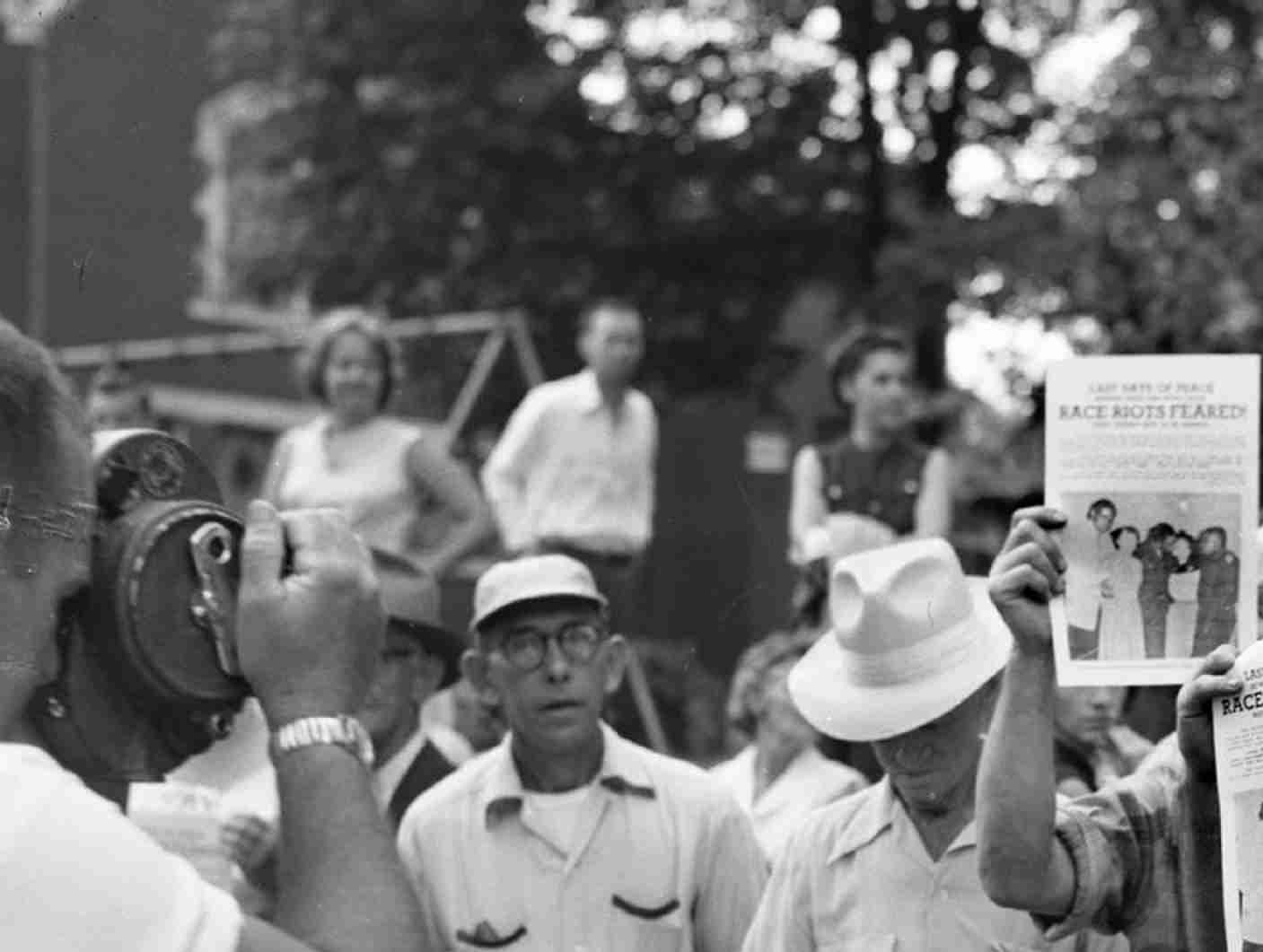
Men protesting outside of Glenn School in East Nashville on the first day of school, September 9, 1957. The flyers they’re holding are very similar to flyers John Kasper distributed in other Southern cities. Nashville Public Library, Special Collections, Nashville Banner Photos
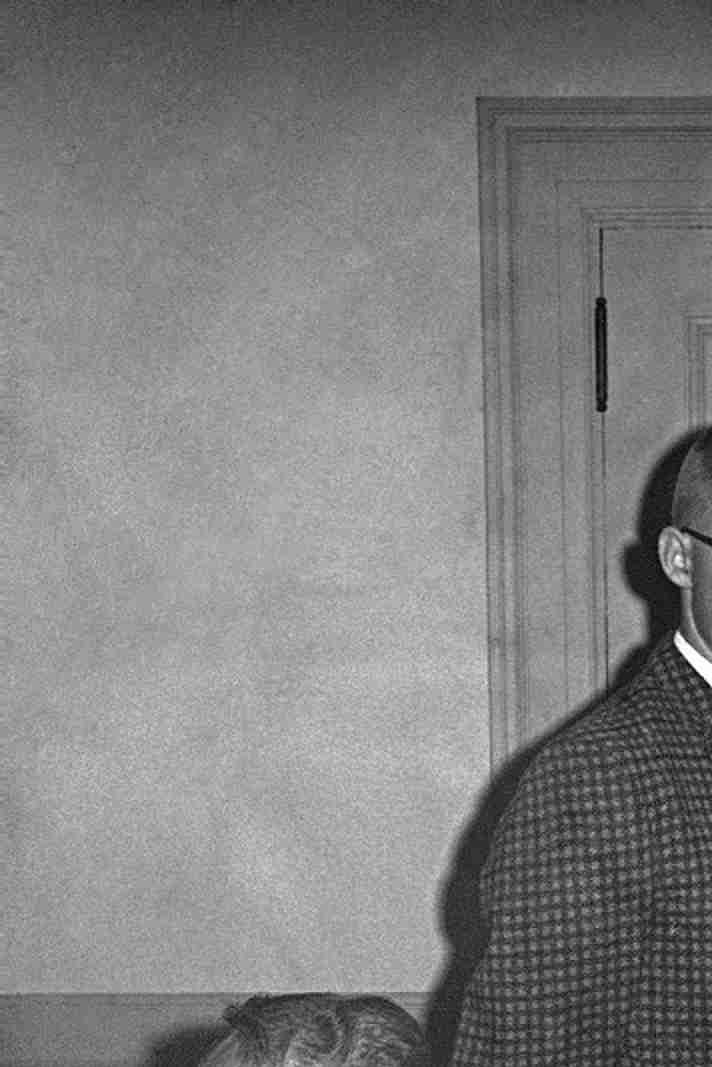
September 23, 1963: Jack Cash (seated), Ralph Lewandowski, Edward Fields (with Confederate battle flag), and Gerald Dutton. Note the date. This is a week after the 16th Street Baptist Church bombing, and the brother of one of the bombers, Herman Cash, is in a room with Stoner’s partner, Ed Fields. This photo was taken the day after they were all federally indicted for interfering in Birmingham’s school desegregation. AP Photo
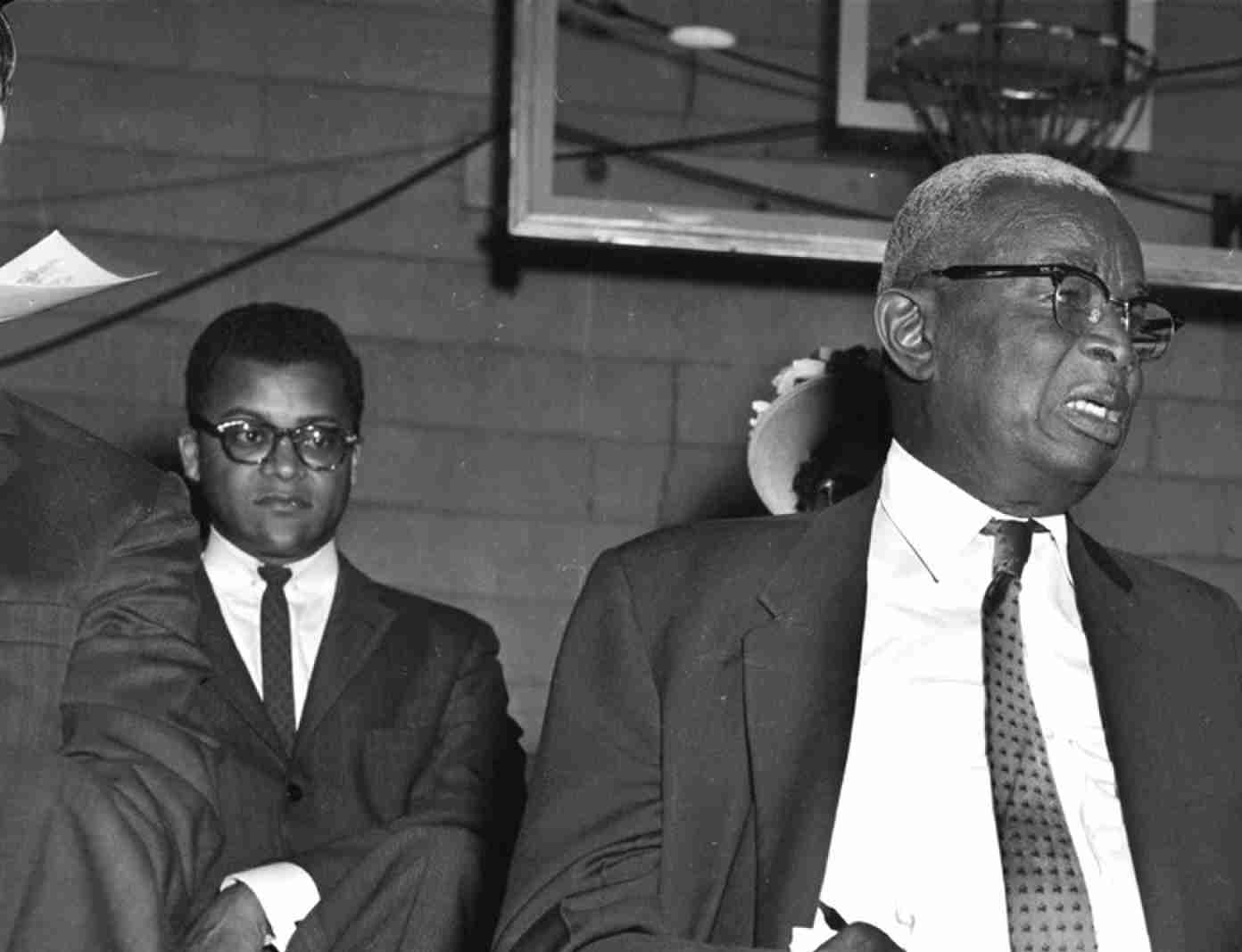
From left to right, Rev. James Lawson, Z. Alexander Looby, and Rev. Martin Luther King Jr. during the talk King gave at Fisk University on April 20, 1960. Looby’s house was bombed the day before. I suspect the hat peaking out from behind Councilman Looby belongs to his wife, Grafta. Nashville Public Library, Special Collections, Nashville Banner Photo
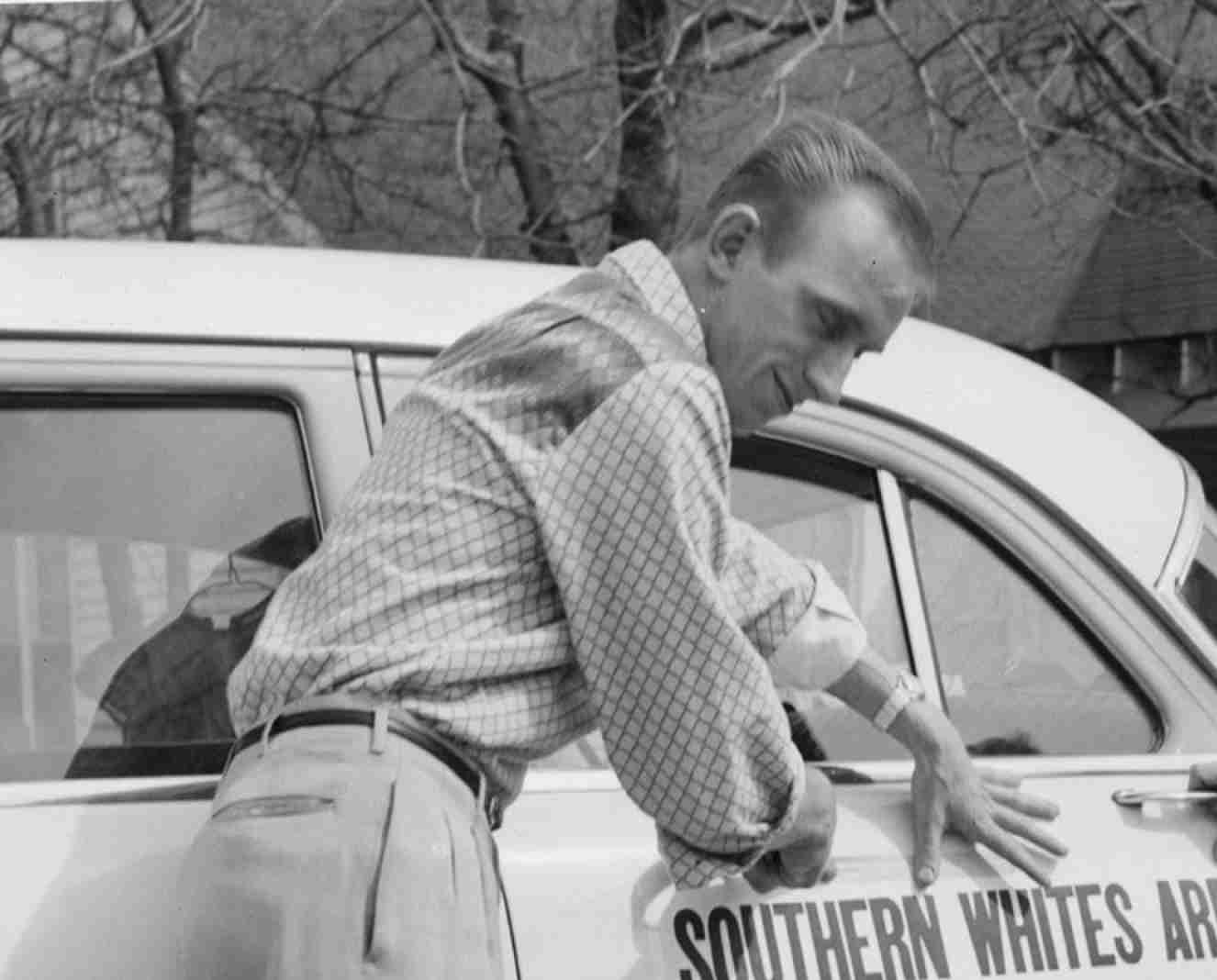
Handwritten on the back of this photo is “1 Robert Stewart 2 Kenneth Castleman 3 Charles Hale 4 Emmett Carr.” The sign they’re placing on the car is a common Pro-Southerners slogan. Carr was the Pro-Southerners leader in Nashville in 1956, when this photo was taken. Nashville Public Library, Special Collections, Nashville Banner Photos
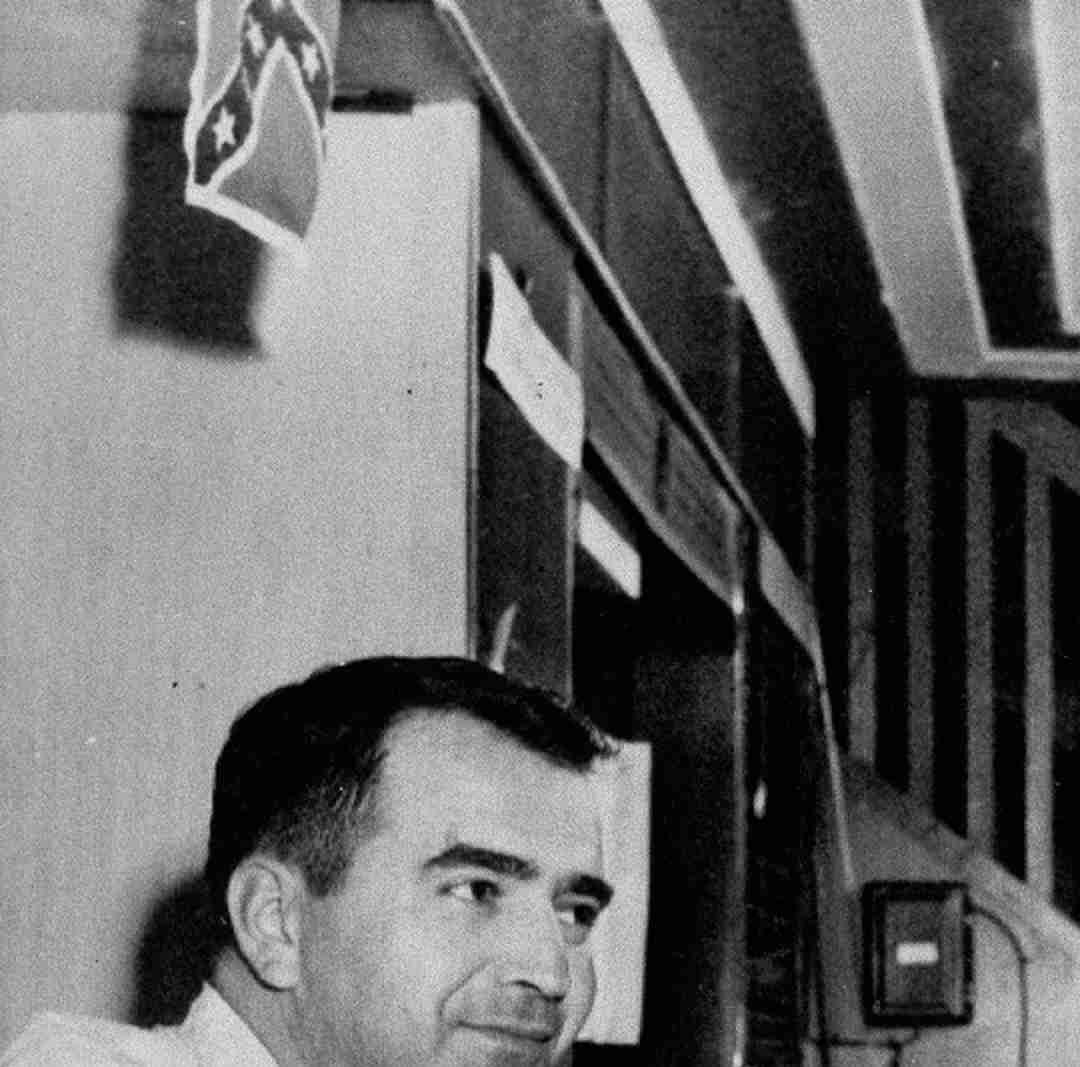
This photo was taken in Birmingham, Alabama, on September 13, 1956, when John Kasper (right) visited with Asa Carter (left). Carter and Kasper were both regularly involved with anti-integration activities in Tennessee; the implication of this photo is that they coordinated their efforts. For our purposes, let me be clear: this shows that Alabama racists were coordinating with Tennessee segregationists by 1956. And visa versa. AP Photo
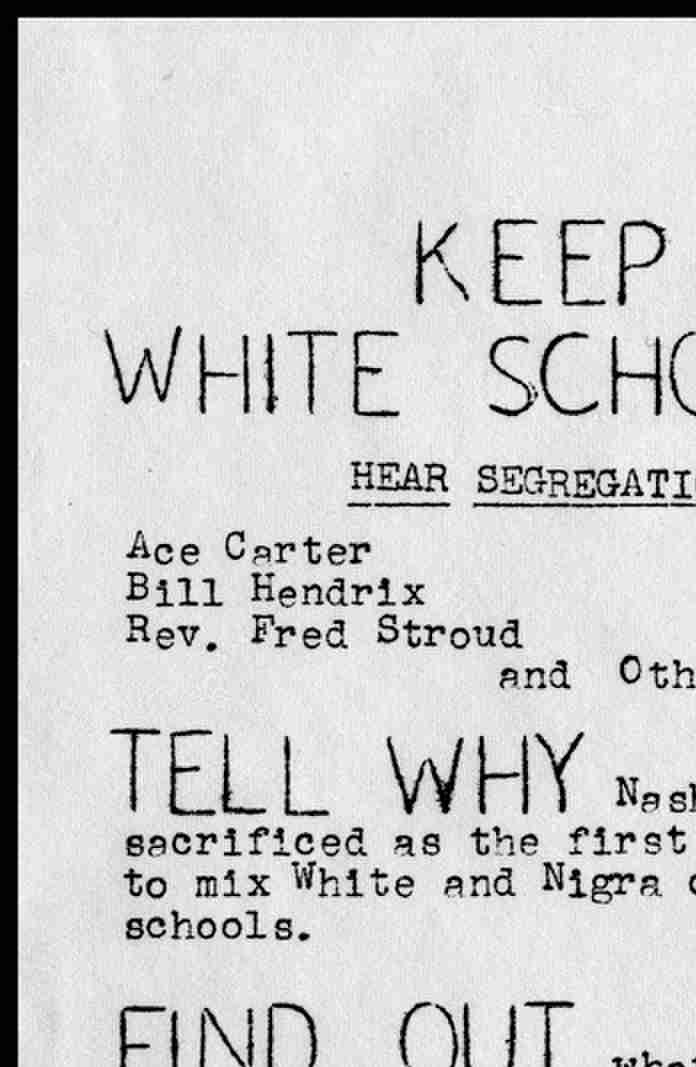
Consider how the author of this flyer (most likely John Kasper himself) uses the term race. The most common usage of race in the 1950s was to mean “Black.” Think of “race records” or “race man” or even how we use the term today when there’s a “race riot.” See how it creates room for white people to see themselves as the victims of desegregation; if it happens, there will be “race mixing,” “race riots,” and “race hatred.” The implication is that Black people will mix with whites, Black people will riot against whites, Black people will hate whites. Courtesy of the Tennessee State Library and Archives
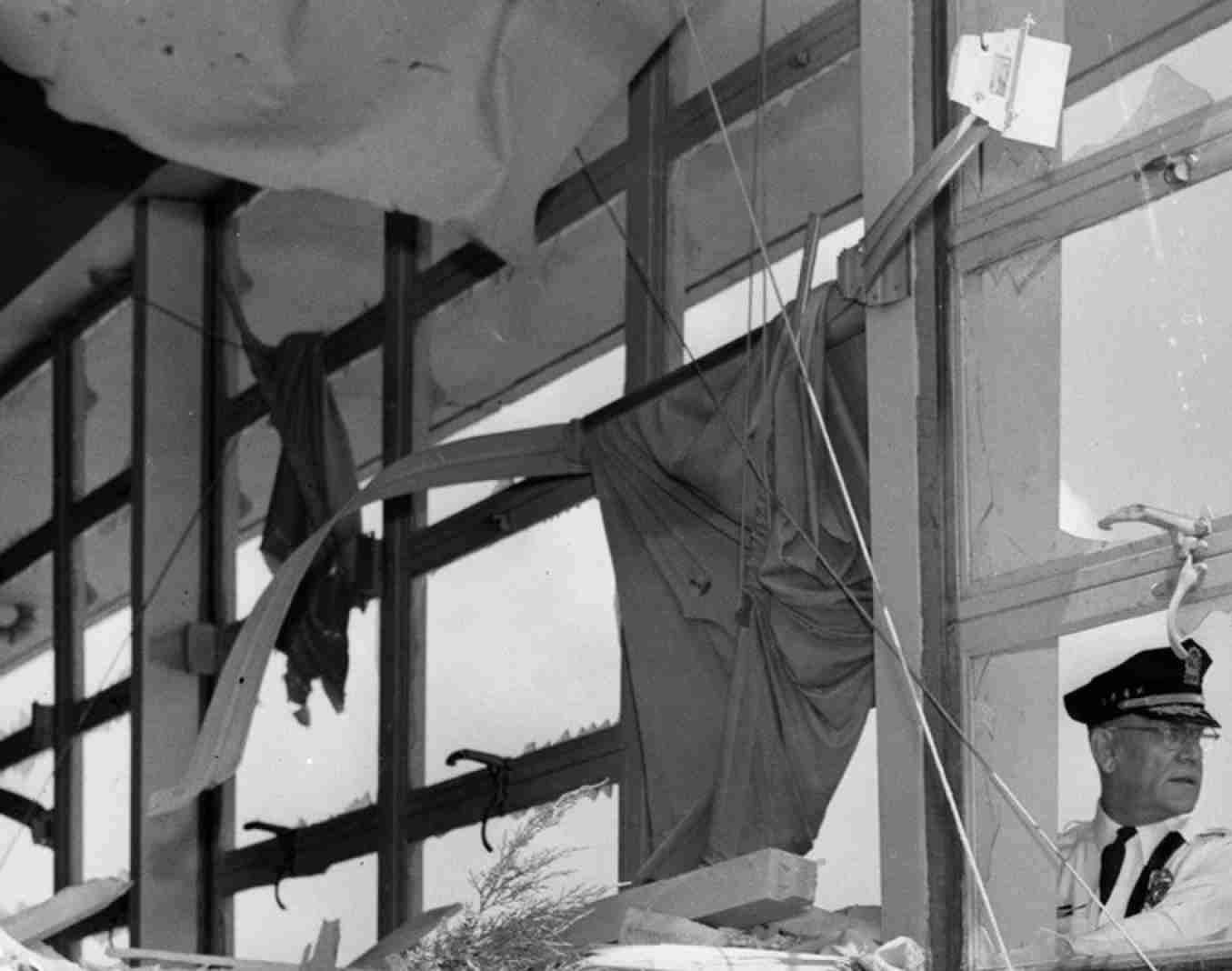
The whole east wing of Hattie Cotton was rendered unusable in the blast. Note Mayor West in the middle of the two police officers, examining the scene. Nashville Public Library, Special Collections, Nashville Banner Photos
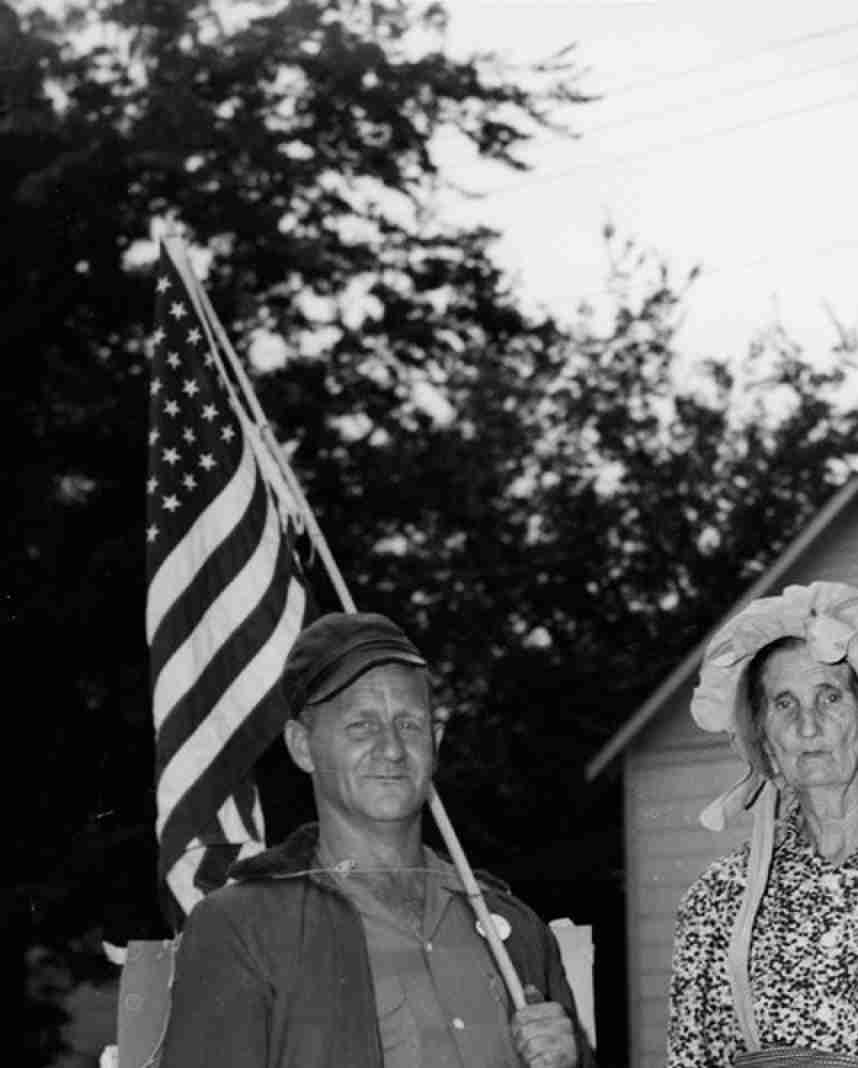
Two of the suspects in the Hattie Cotton bombing, James Harris (left, with the American Flag) and Vincent Crimmons (right, with the Confederate flag). Note that Harris has a prosthetic leg. Nashville Public Library, Special Collections, Nashville Banner Photos
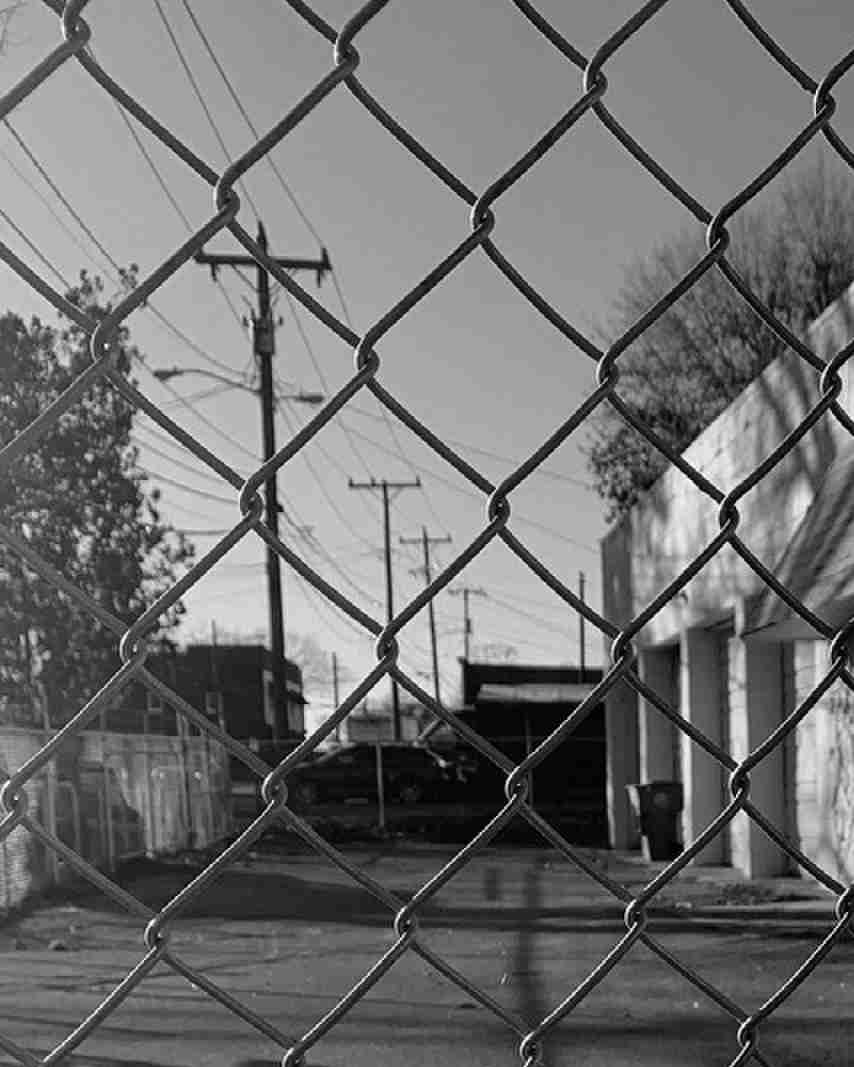
The Rider-Justin garage, still standing as of late 2022. Photo by Betsy Phillips
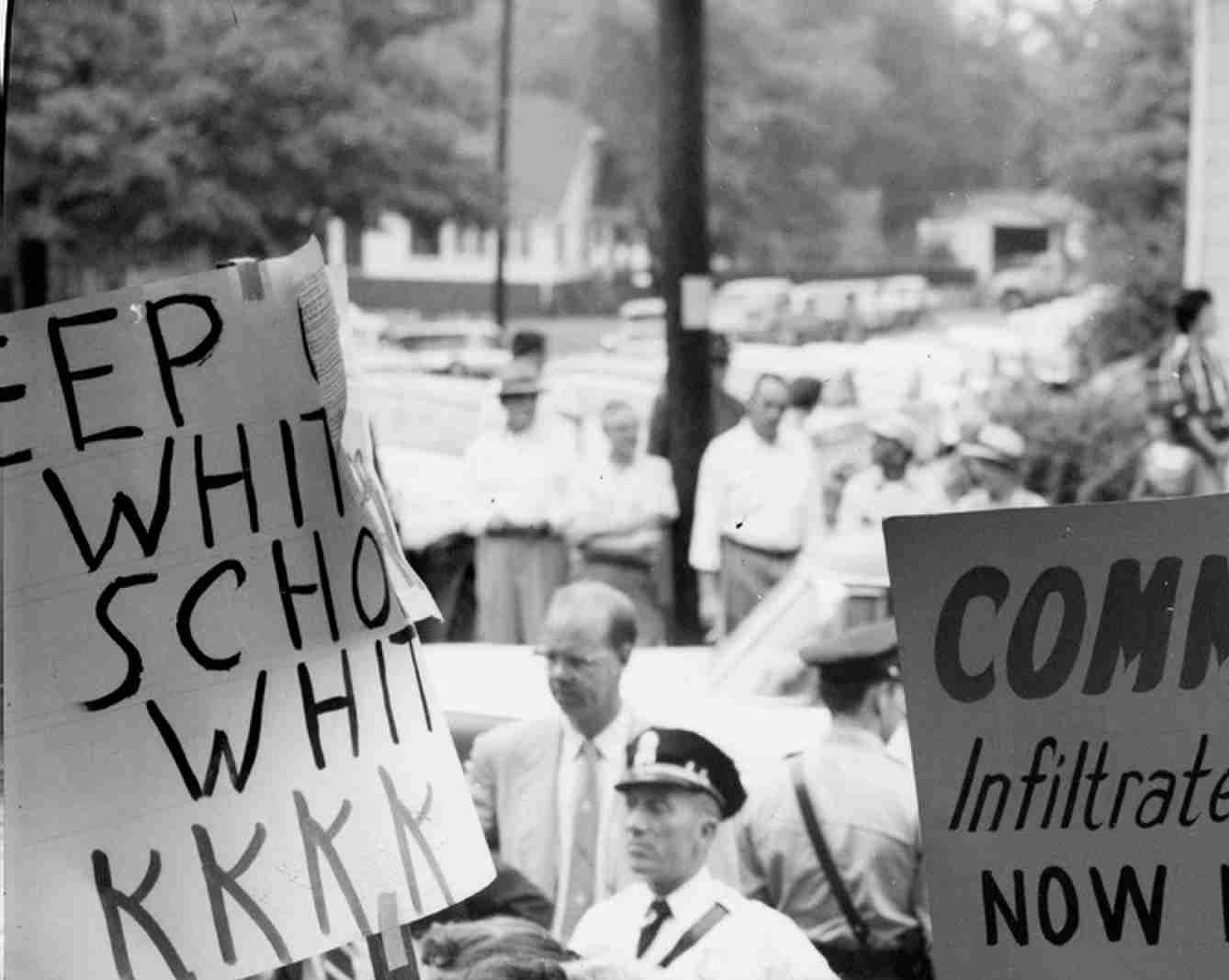
Protests outside of Glenn School in East Nashville on the first day of school, September 9, 1957. Look at the guy in the hat standing next to Rev. Fred Stroud. (Stroud’s the one holding the “Communist” sign.) Look at the guy’s right hand. You can imagine how much I hoped to talk to the family or friends of a man who looks like he might have had a dynamite mishap or two in his life, but I was never able to identify him. Could this man be Slim Thompson? Nashville Public Library, Special Collections, Nashville Banner Photos
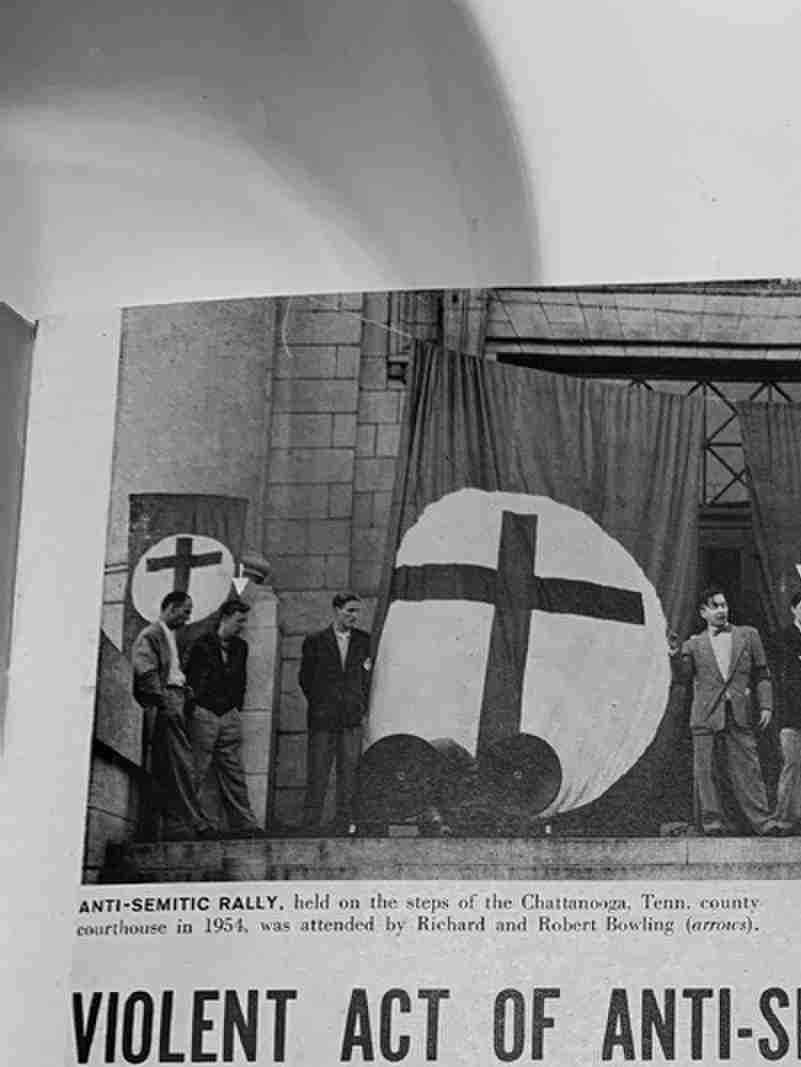
Members of the Christian Anti-Jewish Party on the steps of the Chattanooga courthouse in 1954. This picture appeared in LIFE magazine in 1958, after Richard and Robert Bowling were arrested in the Atlanta Temple bombing. They’re identified with arrows. Photo by W.C. King, used with permission of the Chattanooga Times-Free Press
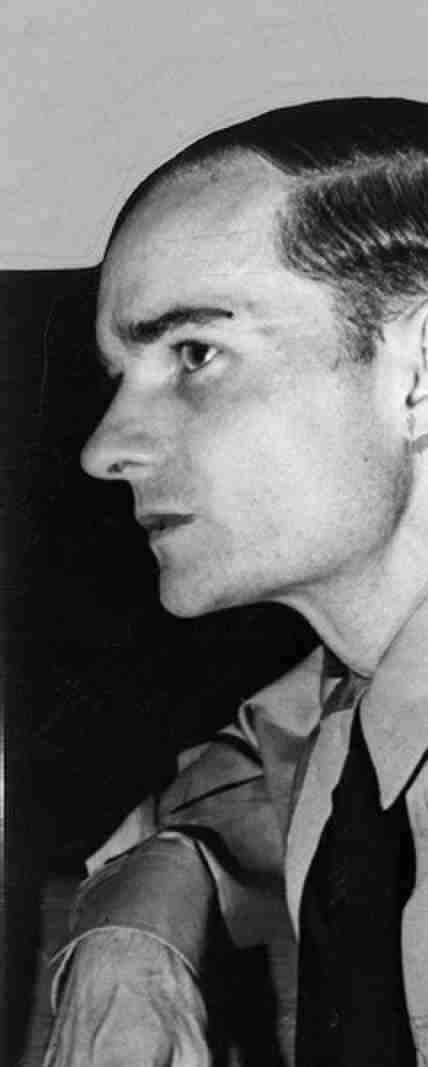
November 6, 1946: Emory Burke. Atlanta Journal-Constitution via AP
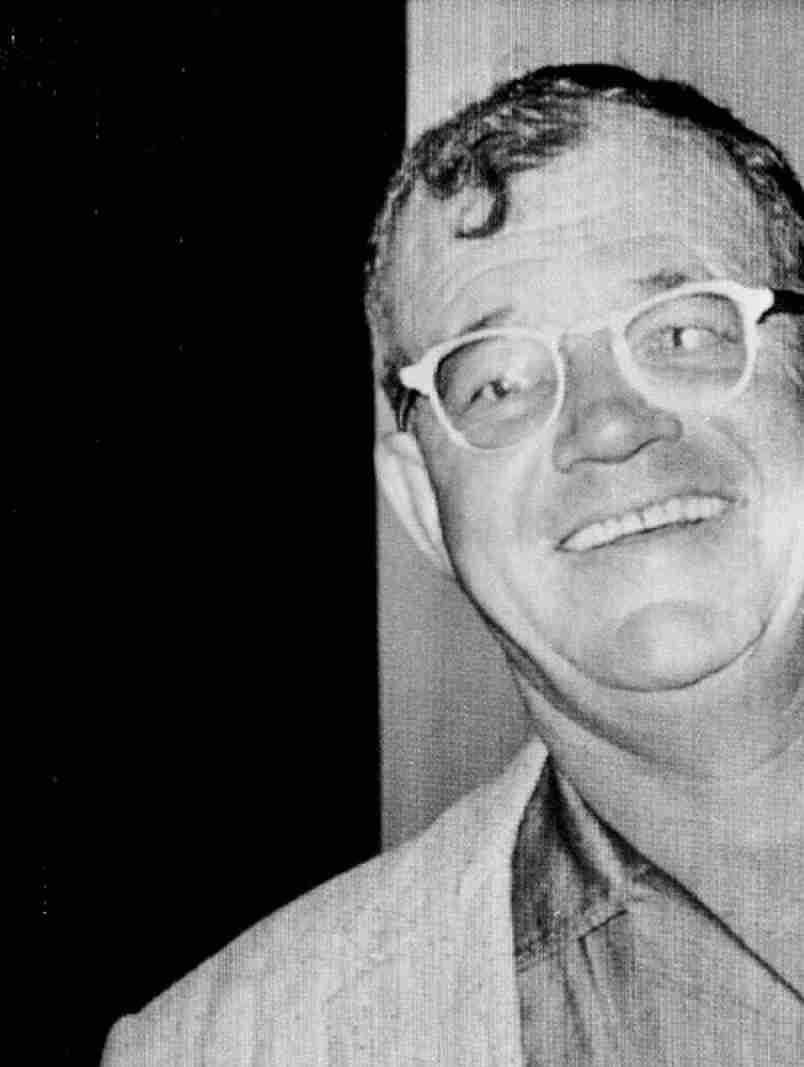
November 2, 1961: Kenneth Adams. AP Photo/Horace Court
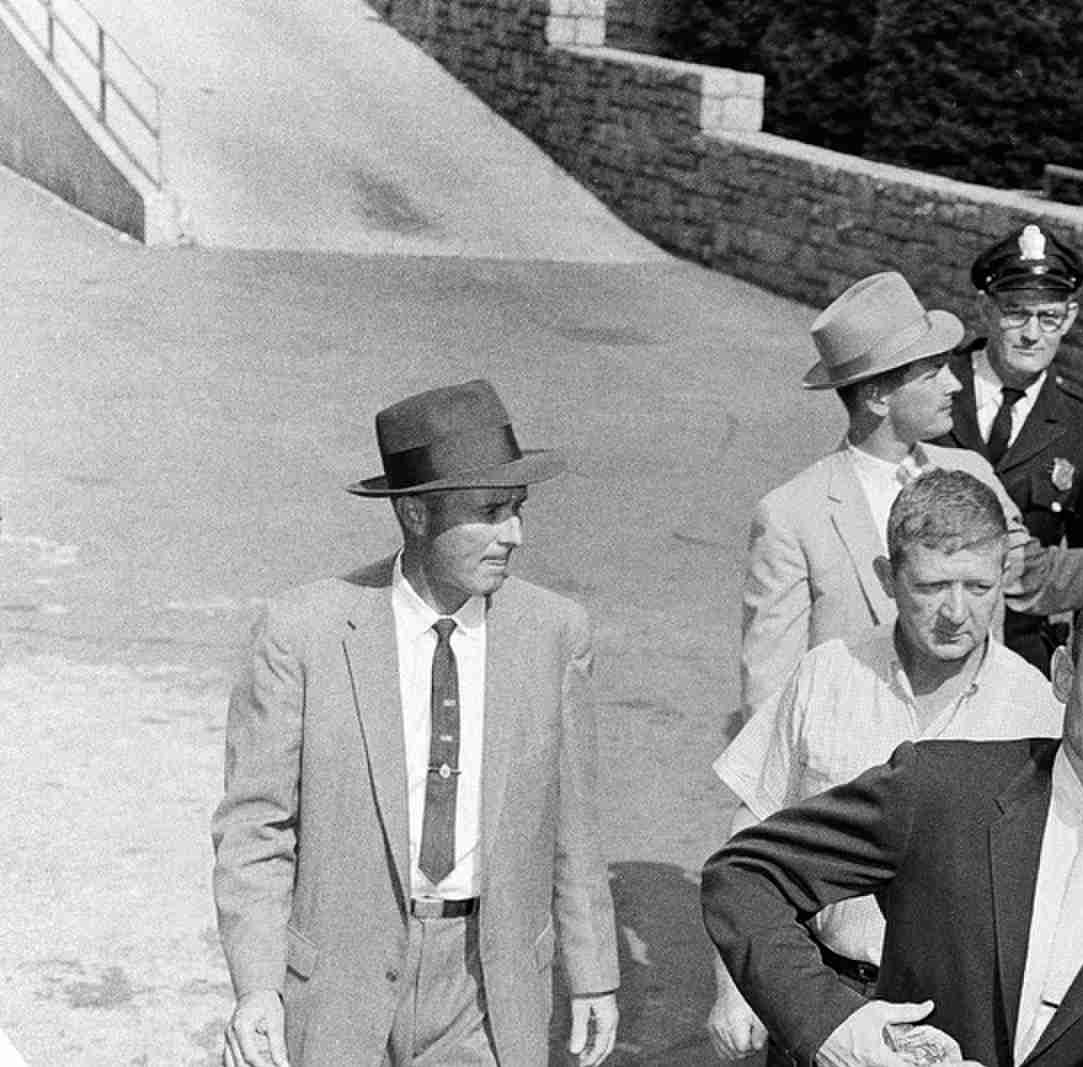
Atlanta Temple Bombing suspects, October 17, 1958: George Bright (front right, in glasses), Wallace Allen (front left), Luther King Corley (in shirtsleeves behind Allen), and Robert Bowling (stepping down from the wagon). AP Photo/Horace Court
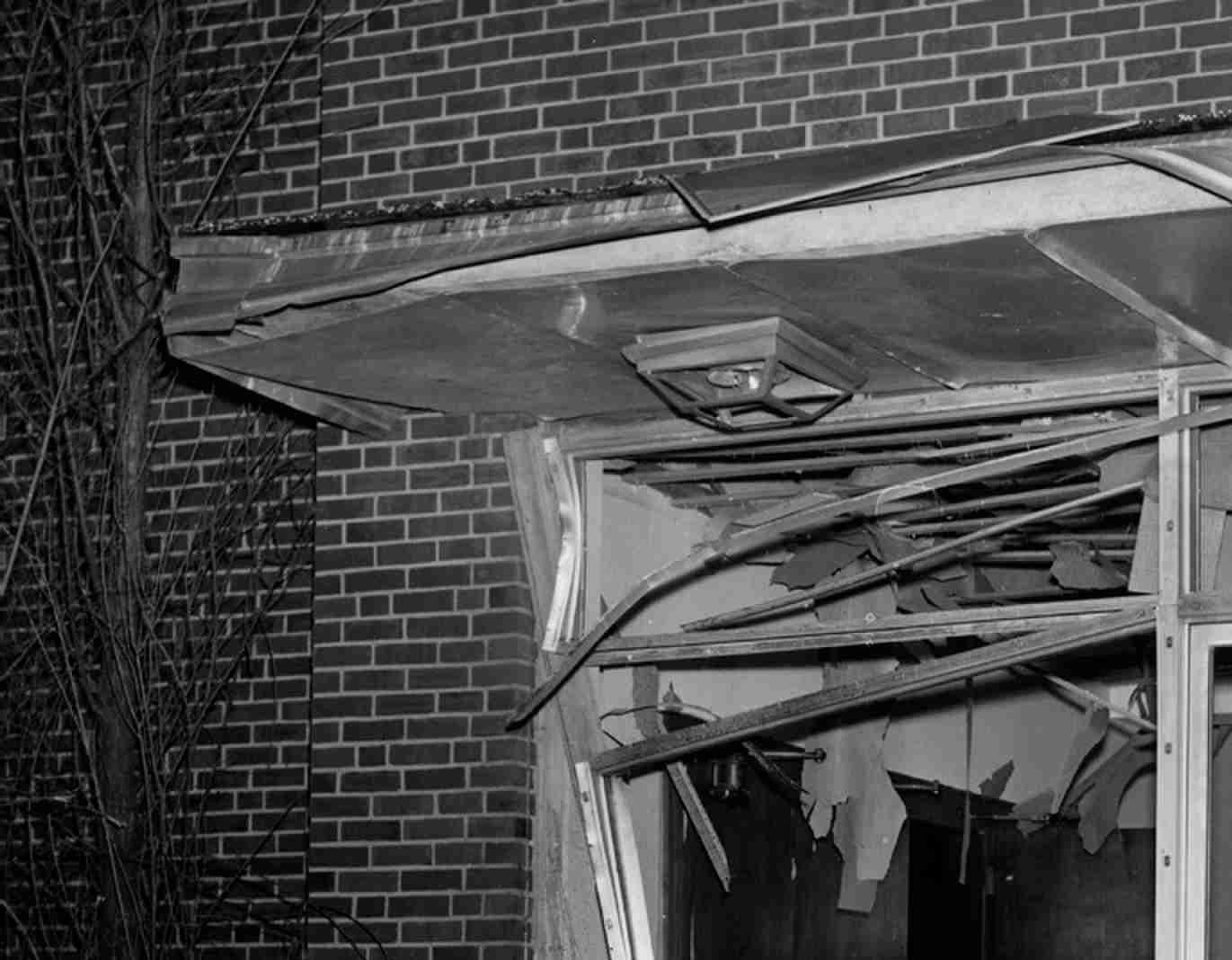
The Jewish Community Center bombing was dramatic and scary, but the damage done to the building was mostly superficial. Nashville Public Library, Special Collections, Nashville Banner Photos
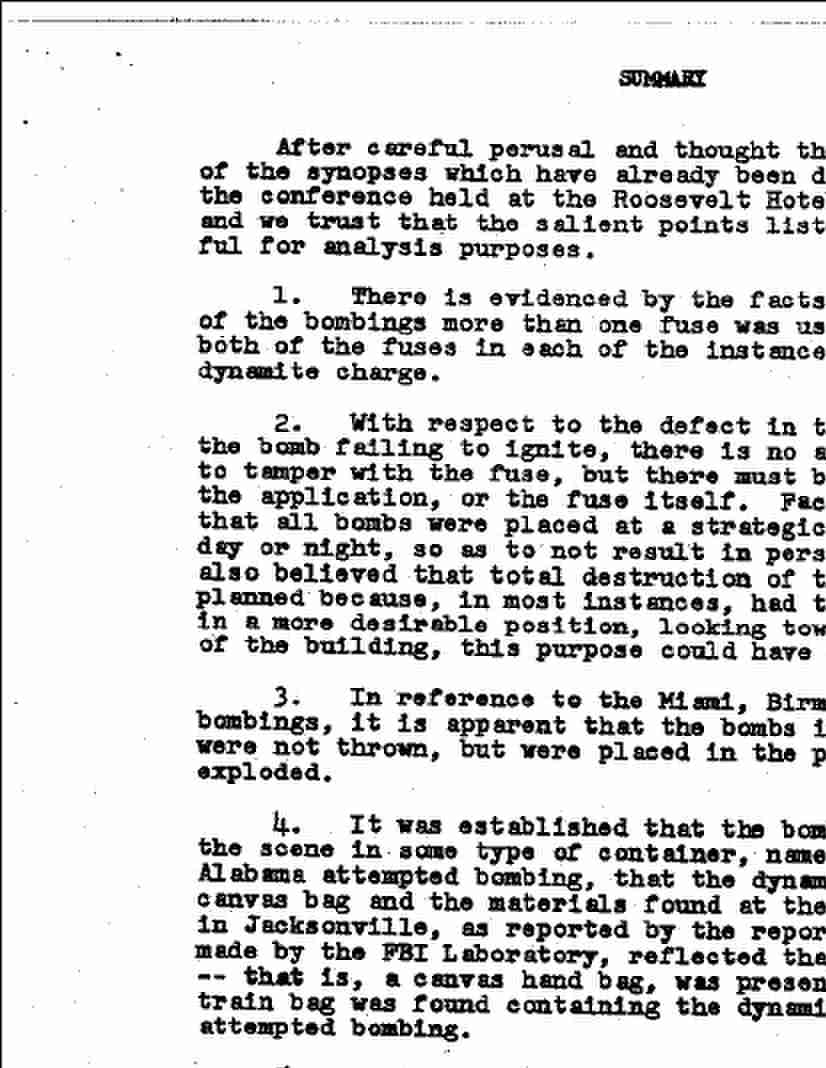
What’s left of the materials from the Southern Conference on Bombing suggests attendees were openly naming and discussing suspected bombers throughout the South. The Archives of the State of Florida
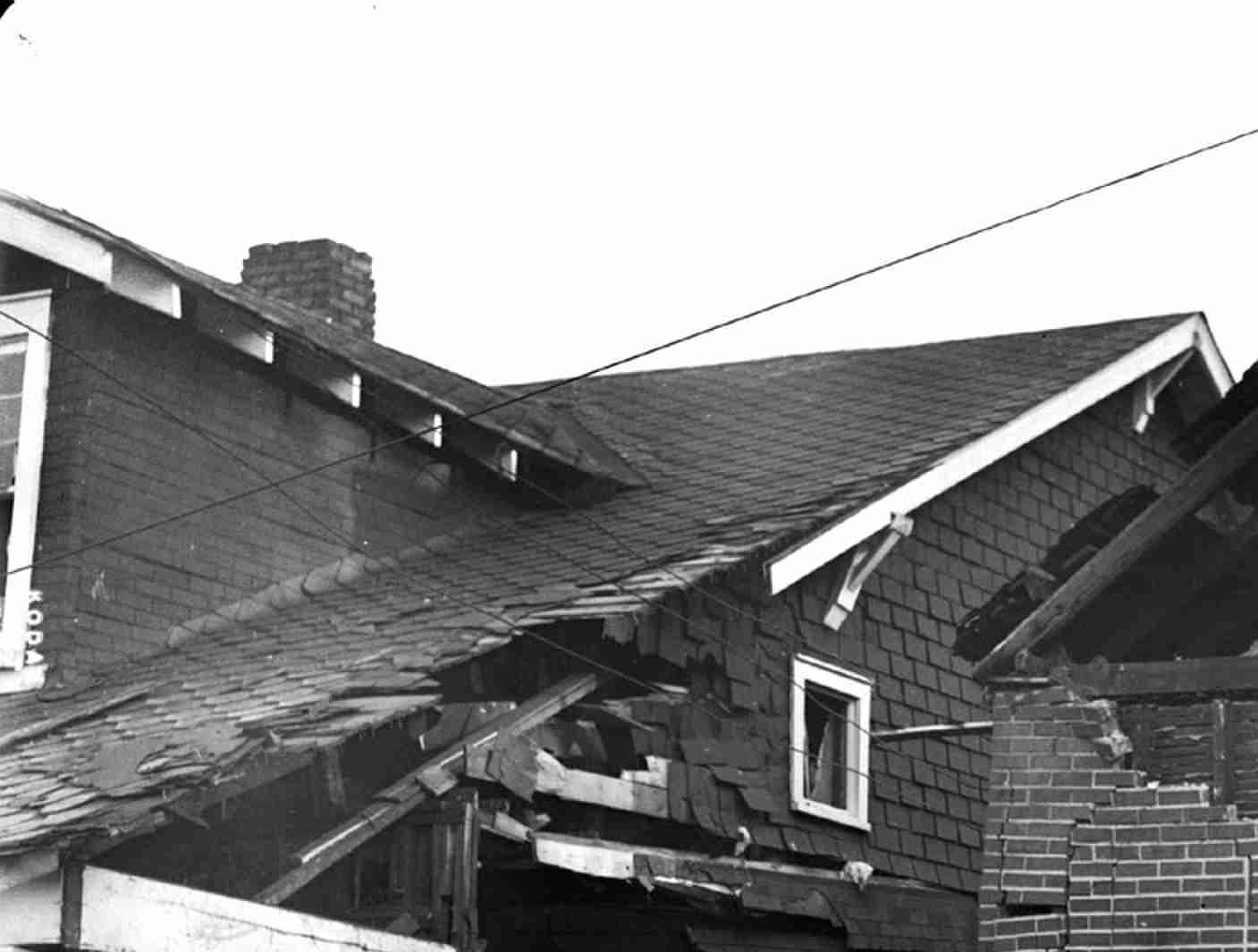
Z. Alexander Looby’s home in the wake of the bombing. Note the original wood siding of the house under the brick. Nashville Public Library, Special Collections, Nashville Banner Photos
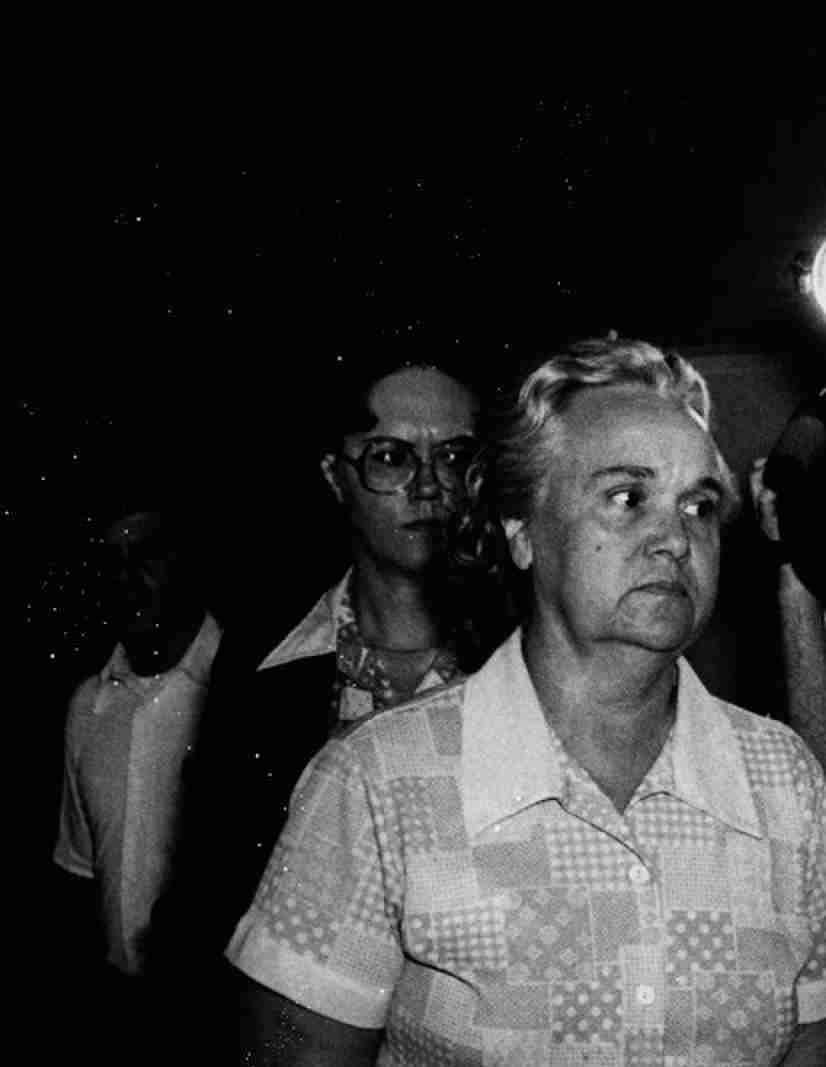
Gladys Girgenti after her arrest for trying to bomb The Temple in Belle Meade. Nashville Public Library, Special Collections, Nashville Banner Photos
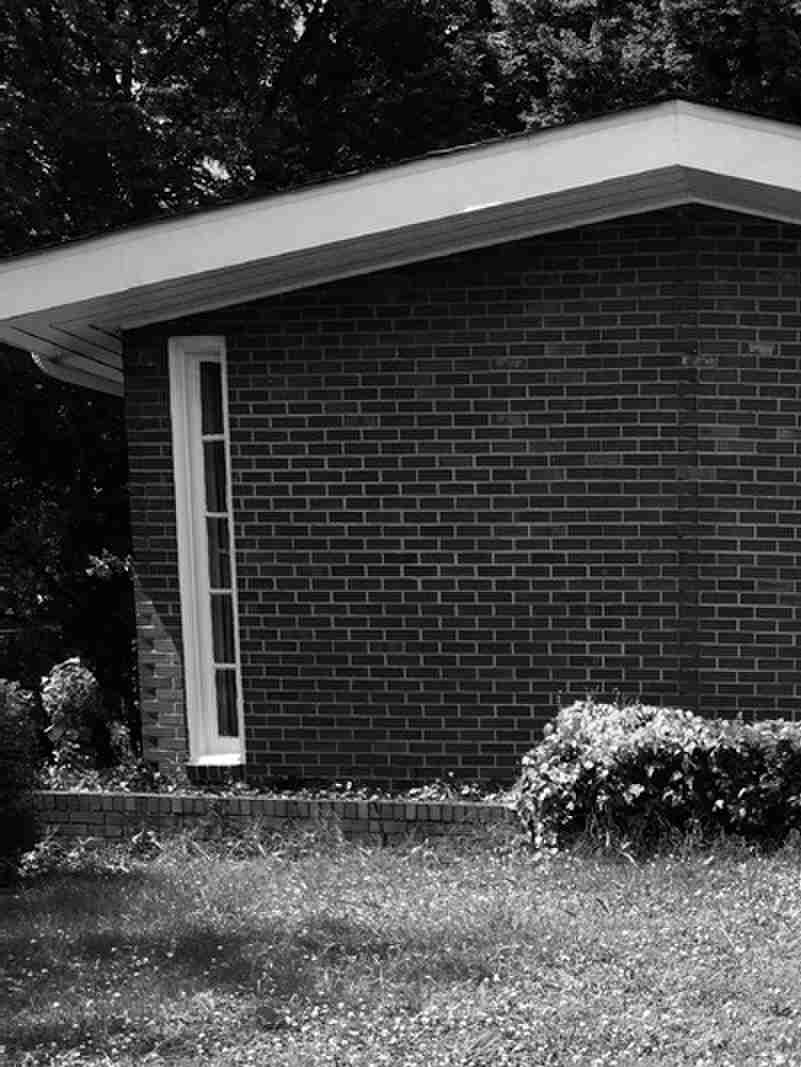
Z. Alexander Looby’s house. Look at how difficult he made it for bombers to target his house again. Gone is the big front window. There’s no longer a front porch. Anyone who was going to bomb this house couldn’t attempt it from the street. Photo by Betsy Phillips
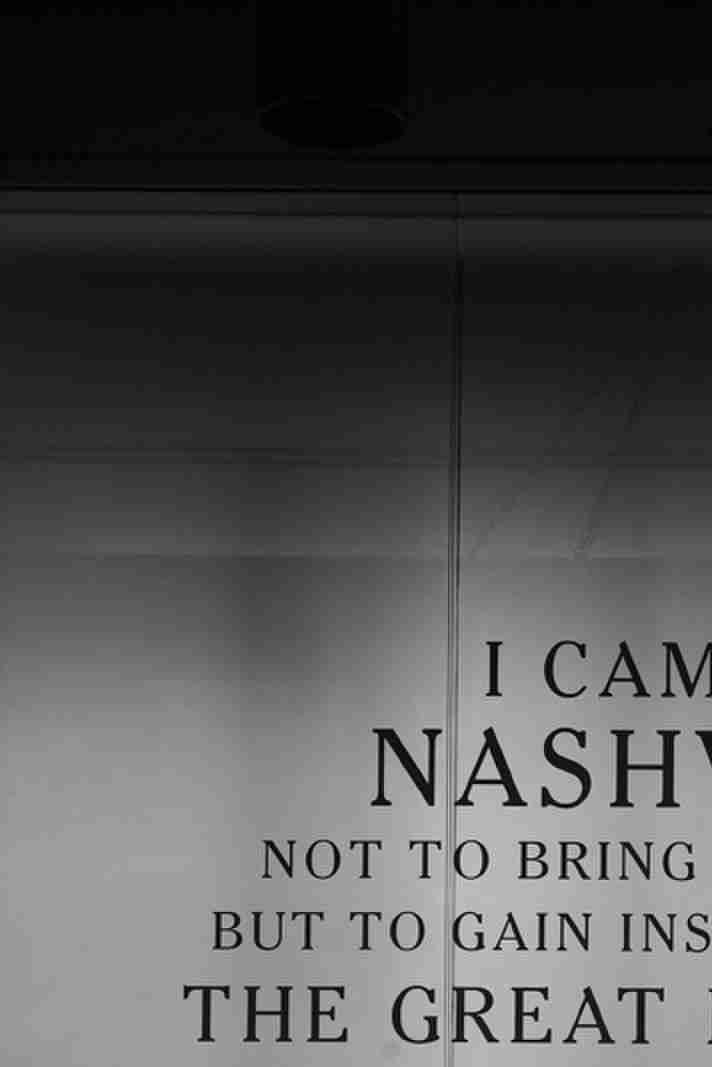
This quote hangs over the Civil Rights Room at the Downtown Nashville Library. Photo by Andrew Najarian
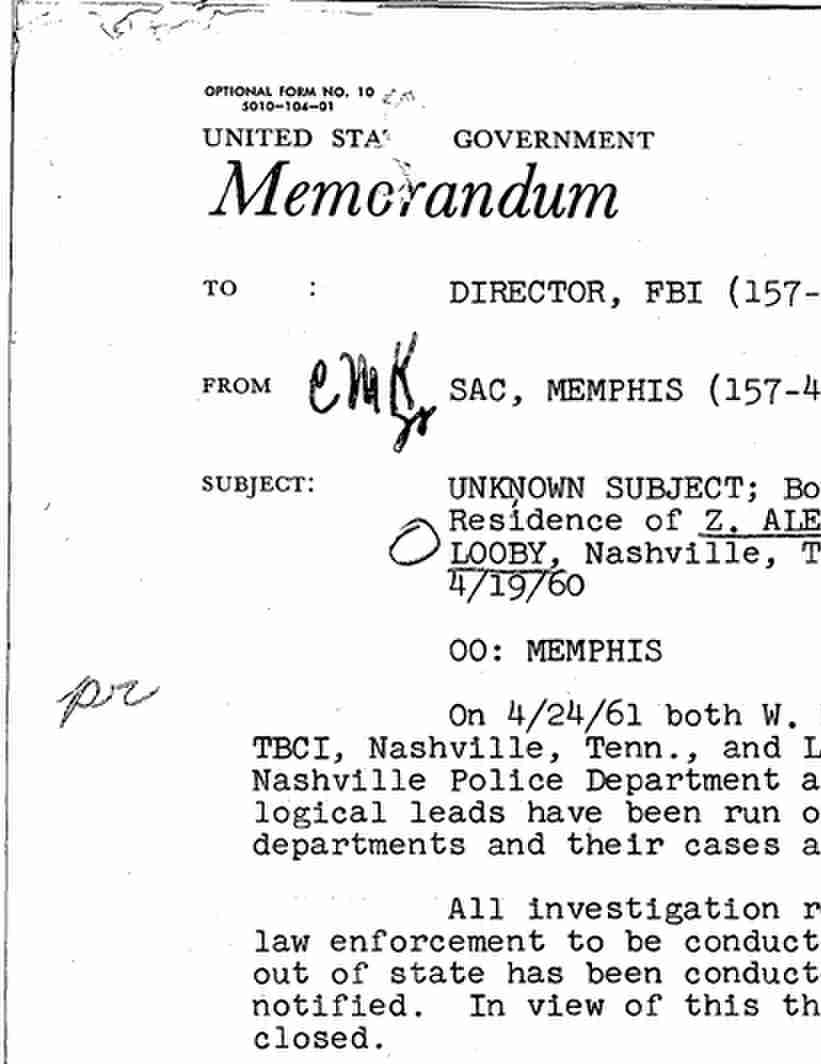
The last page of the FBI’s file on the Looby bombing.
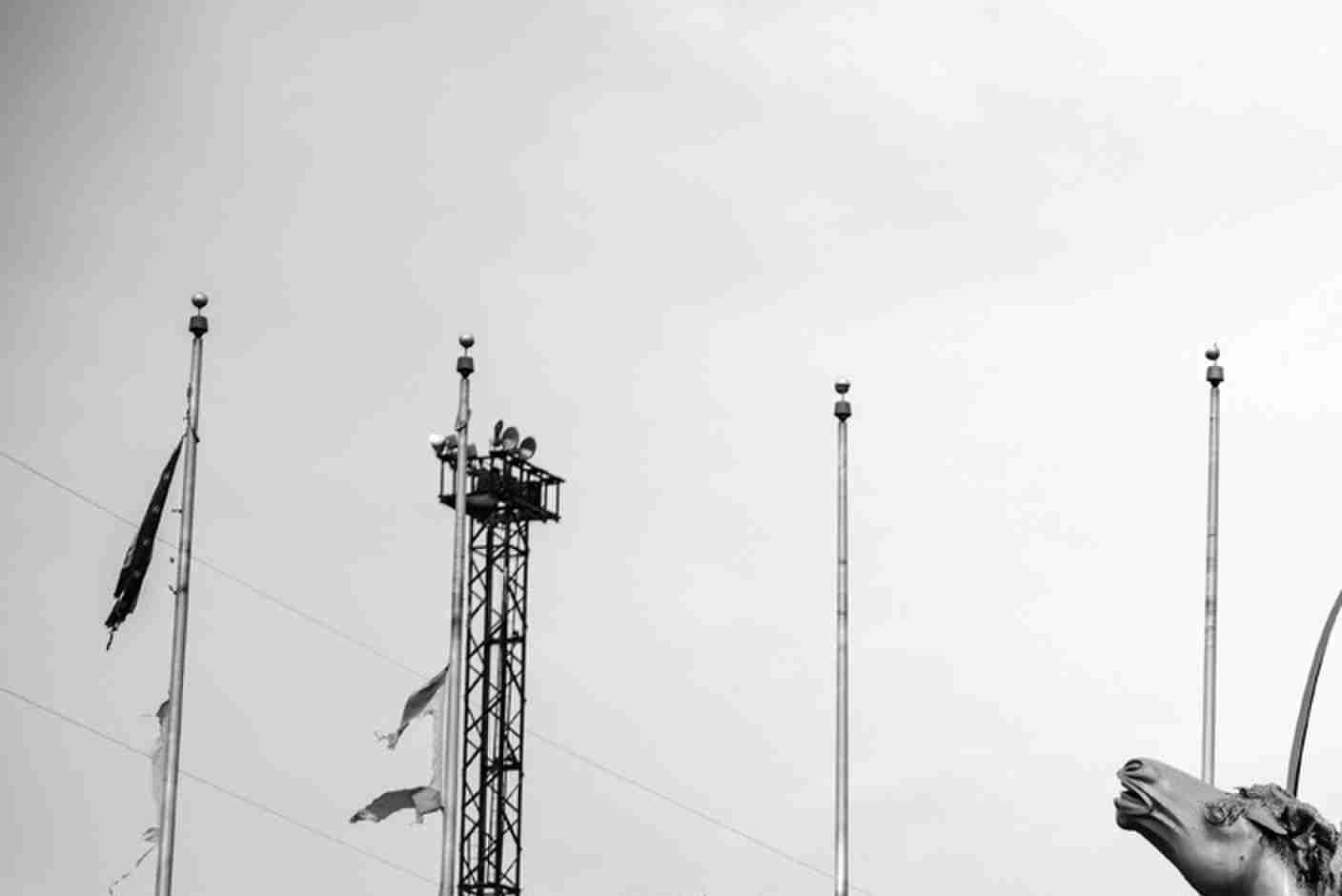
Jack Kershaw’s Nathan Bedford Forrest statue, which was destroyed in 2021. Photo by Eric England, Nashville Scene